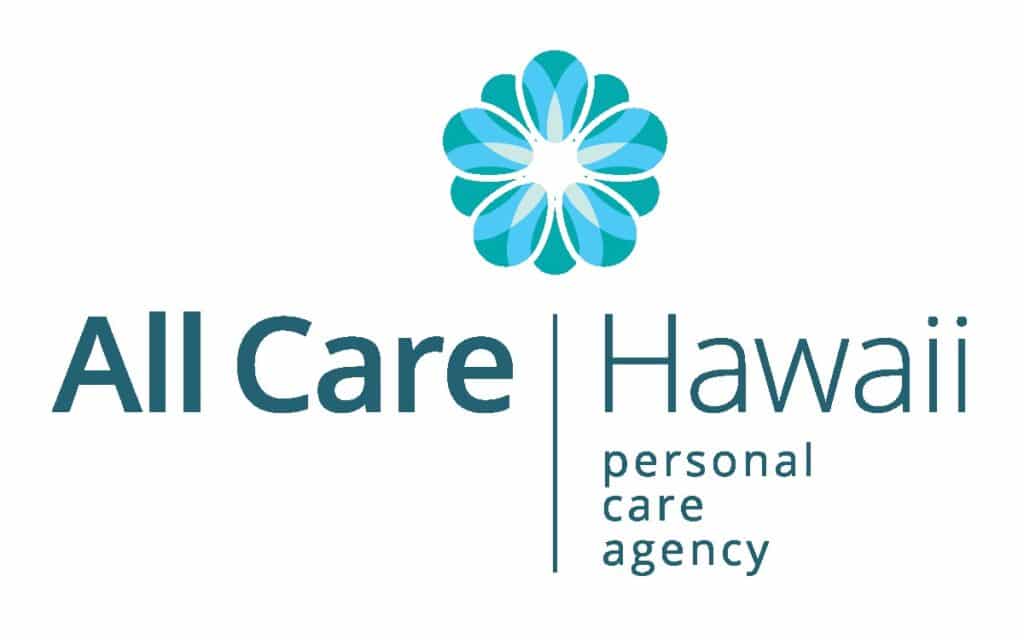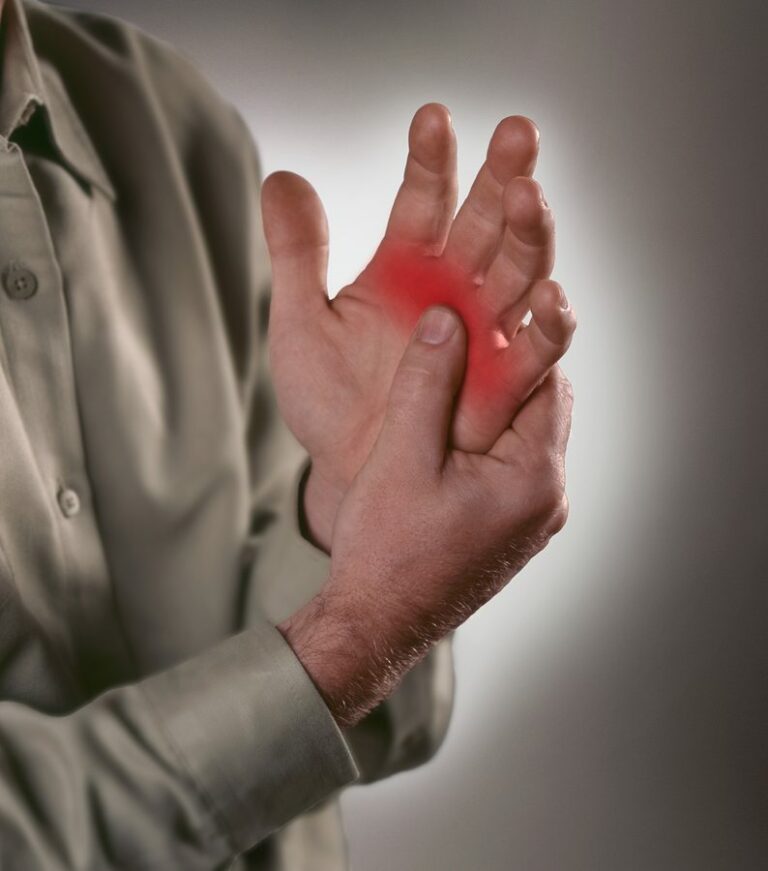Many people experience some joint pain as they age. The Mayo Clinic says that it is pretty rare for joint pain to be a cause for emergency treatment. In fact, most of the time joint pain can be managed at home. However, there are certainly times when it is necessary to seek medical attention. It can be hard for family caregivers to determine when a visit to the doctor for joint pain is necessary.

Signs that Warrant a Visit to the Doctor
Joint pain can signal the development of an arthritic condition. Since certain kinds of arthritis can result in permanent damage to joints, it’s important that they are diagnosed and treated as soon as possible. If you notice the following signs in your senior family member, it’s a good idea to call the doctor:
-Gradual Pain and Stiffness: When joint issues come on gradually, it can signal the onset of rheumatoid arthritis or osteoarthritis.
-Lasting Joint Pain: Pain that lasts three or more days should be treated by a doctor.
-Stiffness: Seniors who notice stiffness in their backs, legs, or arms after having sat for a long time or when they get up in the morning should seek medical care.
-Pain and Fever: Pain that comes on quickly and is accompanied by a fever may signify an infectious form of arthritis.
-Trouble with Daily Activities: If joint pain and stiffness are making doing regular activities difficult, seeing a doctor may improve the quality of life.
Treating Pain at Home
If your senior family member has been diagnosed with arthritis, there are things family caregivers and elderly care providers can do at home to help manage mild joint pain, such as:
-Ice the Joint: Elderly care providers and family caregivers can help seniors to apply an ice pack to the painful joint. (A bag of frozen peas works well, too!) Use the cold pack for fifteen to twenty minutes at a time a few times per day.
-Pain Reliever: If the doctor has approved the use of an over-the-counter pain reliever, the senior may take the pain reliever according to the directions on the label or the doctor’s instructions.
-Rest: Family caregivers and elderly care providers can allow the older adult to rest the painful joint while they handle things around the house. Elderly care providers can do light housework, cooking, and laundry. They can also bring the senior drinks, food, or other things they need while they rest.
-Heating Pad: Using a heating pad can reduce pain. Or, the older adult may prefer to take a warm bath or shower. An elderly care provider can help them to do so safely.
Joint pain may be manageable at home, but there could be times when medical care is needed. In either case, an elderly care provider can help. If the pain requires treatment, an elderly care provider can help schedule the appointment and drive the older adult to the doctor’s office.
Have questions about elder care in Kahala, HI? Contact the caring staff at All Care Hawaii today.
Call us 24 hours a day, 7 days a week!
Call Oahu?(808) 206-8409? or ?Maui?(808) 664-3853.
Sources
http://www.arthritis.org/about-arthritis/understanding-arthritis/when-to-see-a-doctor-about-arthritis.php
https://www.webmd.com/arthritis/arthritis-call-doctor
https://www.mayoclinic.org/symptoms/joint-pain/basics/when-to-see-doctor/sym-20050668
- Encouraging Your Parent to Use Their Vision Corrective Devices Consistently - January 19, 2018
- Being Honest with Your Senior About Your Challenges and Limitations - January 12, 2018
- A Guide to Helping Your Elderly Mom Add Years to Her Life - January 4, 2018



